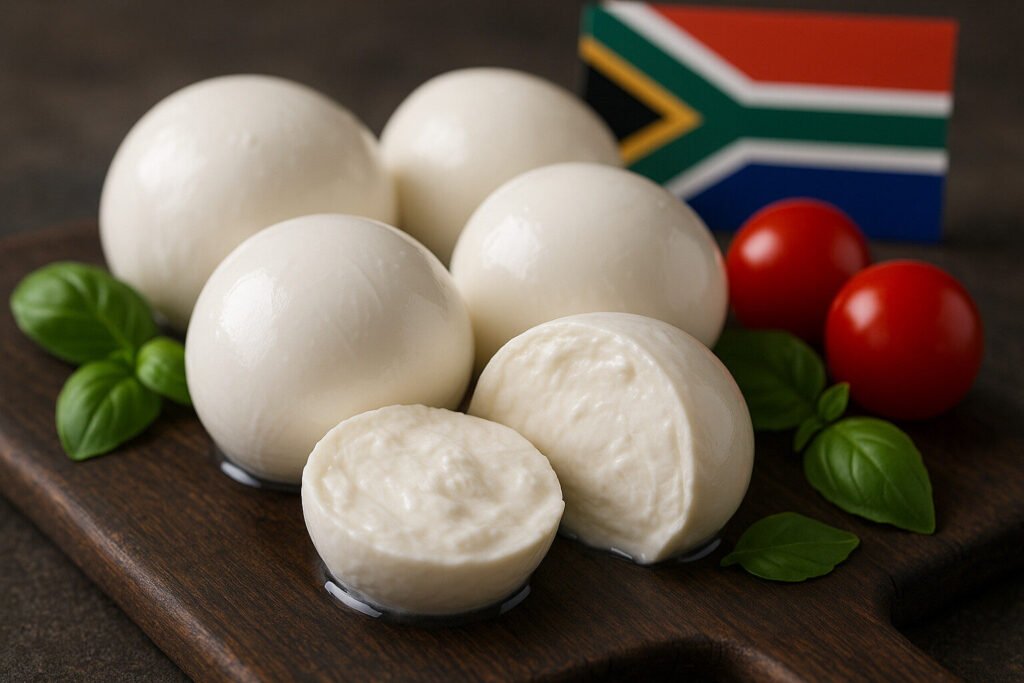Spun Paste Method
Definition and Scope
The spun paste method is a cheesemaking technique where curds are heated and stretched in hot water or whey. This process aligns the milk proteins into parallel fibers, creating a distinctive fibrous, layered texture. Cheeses produced this way are classified as pasta filata, an Italian term meaning “spun paste.” This category includes both fresh and aged varieties with varying moisture levels.
This method defines a specific family of cheeses rather than a single style. Its scope encompasses cheeses ranging from high-moisture mozzarella to firmer, aged provolone. The technique is primarily identified with Italian cheesemaking traditions but has been adopted globally. The defining characteristic is the plastic, kneadable texture achieved during the heat-treatment stage.
Production Process
Production begins with curd formation from cultured milk, which is then cut and allowed to acidify. The critical step involves immersing the curd in very hot water or whey, typically around 80-85°C. At this temperature, the curd becomes pliable and can be stretched, kneaded, and molded. This heating also pasteurizes the cheese and deactivates certain enzymes.
Cheesemakers mechanically stretch and fold the heated curd to develop the characteristic stringy texture. The curd is then shaped by hand or machine into various forms like balls, braids, or blocks. For aged varieties, the cheese may be brined and then moved to aging rooms. The duration and temperature of the heating directly influence the final cheese’s moisture content and shelf life.
Sensory Profile
Spun paste cheeses typically exhibit a mild, milky flavor with a slight tang from the lactic fermentation. The texture is their most distinguishing feature, being smooth, elastic, and often described as stringy when pulled apart. Fresh versions have higher moisture content, resulting in a softer, more delicate mouthfeel. These cheeses generally have low to moderate salt levels.
Aged varieties develop more complex flavors including nutty, buttery, or slightly sharp notes. Their texture becomes denser and more sliceable while retaining some elasticity. The fibrous structure becomes more apparent when the cheese is torn or cut. The color ranges from snowy white in fresh cheeses to pale yellow in aged versions, depending on the milk used and any additions like annatto.
Culinary Uses
Fresh spun paste cheeses like mozzarella are prized for their melting qualities and are essential in Italian dishes like pizza and caprese salad. Their high moisture content and stretchiness make them ideal for applications where stringy melted cheese is desired. They absorb accompanying flavors well while contributing a creamy texture. These cheeses are typically consumed shortly after production.
Aged varieties such as provolone hold their shape better when heated and are commonly used in cooked dishes, sandwiches, and antipasto platters. Their firmer texture makes them suitable for grating over pasta or incorporating into baked dishes. The melting behavior changes with age, becoming less stringy and more oily. These cheeses can be served as table cheeses or used as ingredients in various cuisines.
Regional Examples
Italy remains the epicenter of traditional spun paste cheesemaking, with protected designation of origin (PDO) status for several varieties. Mozzarella di Bufala Campana is made from water buffalo milk in specific regions of Campania, Lazio, and Apulia. Provolone Valpadana has PDO status for production in several northern Italian provinces. Other Italian examples include scamorza and caciocavallo.
The technique has spread globally with numerous adaptations. Oaxaca cheese from Mexico uses a similar stretching method to create string cheese rolls. In the Balkans, kashkaval is produced using this method. American cheesemakers produce various pasta filata styles, including low-moisture mozzarella for pizza and string cheese snacks. Each region adapts the basic technique to local milk sources and culinary preferences.

